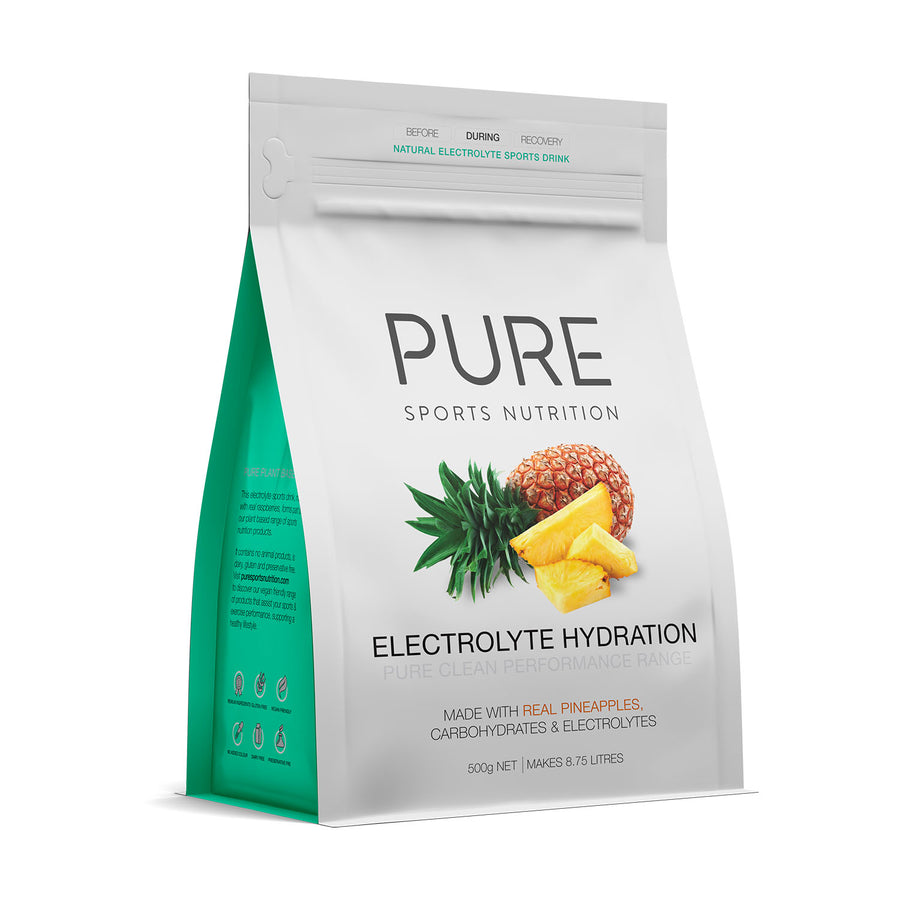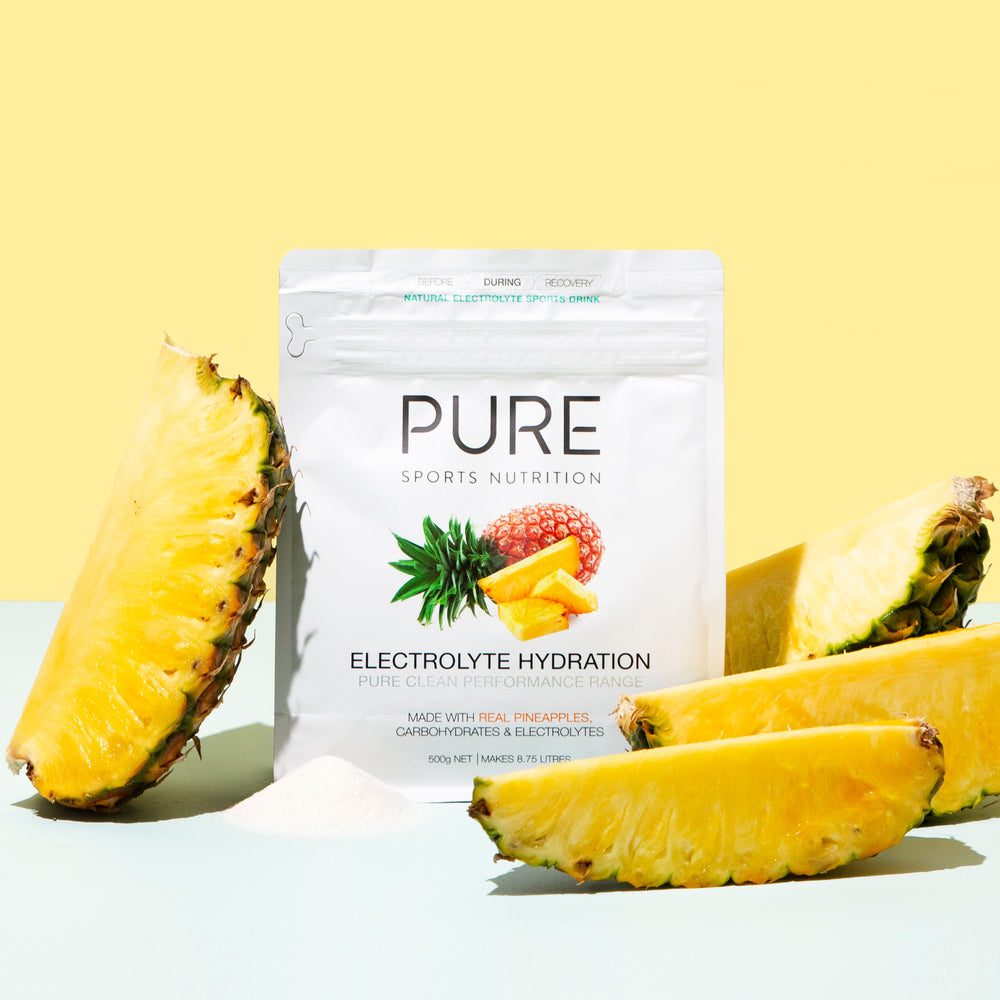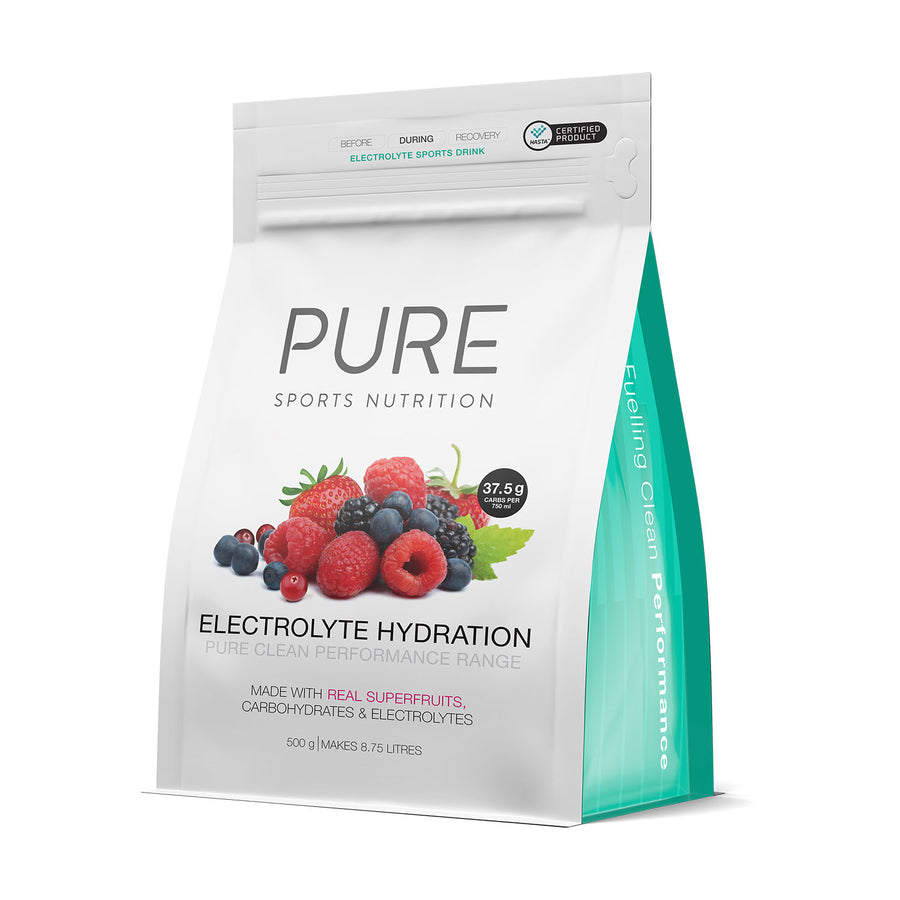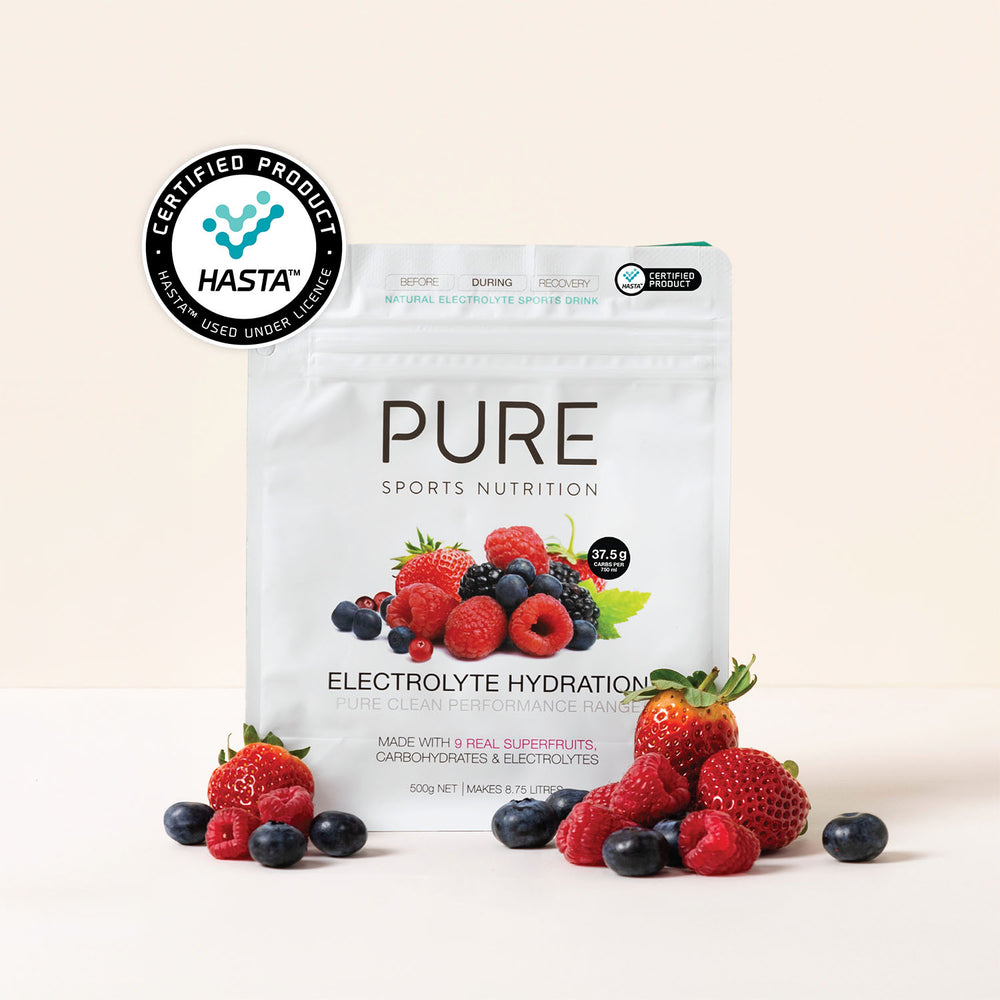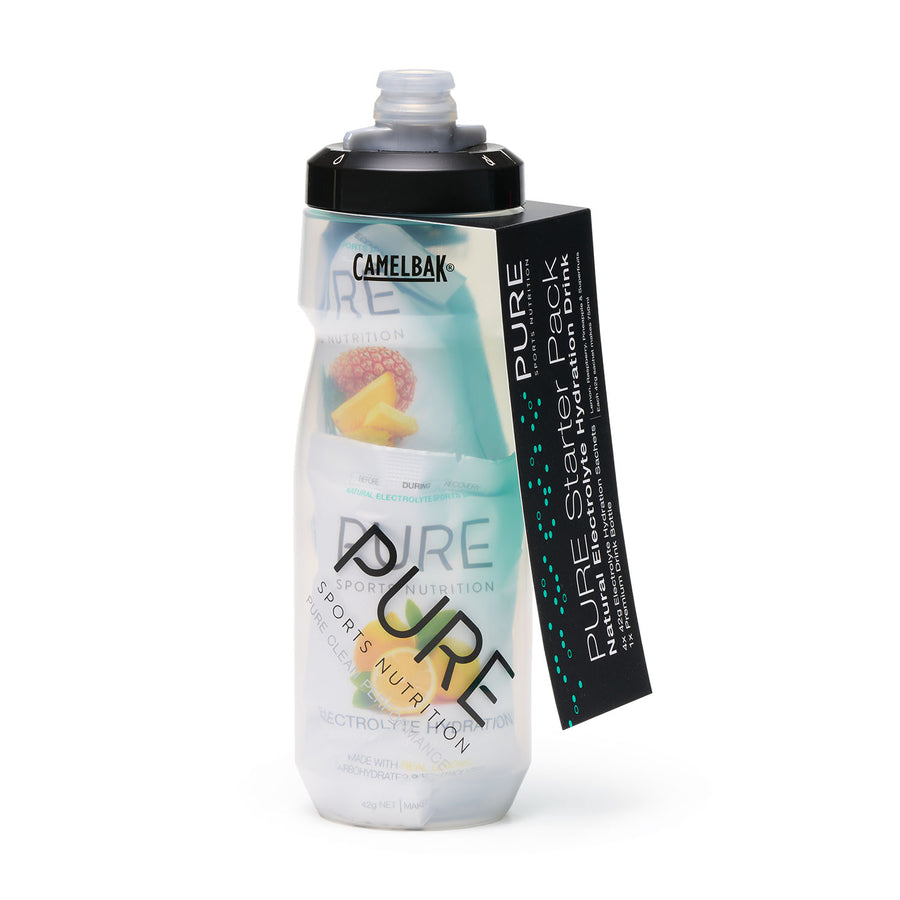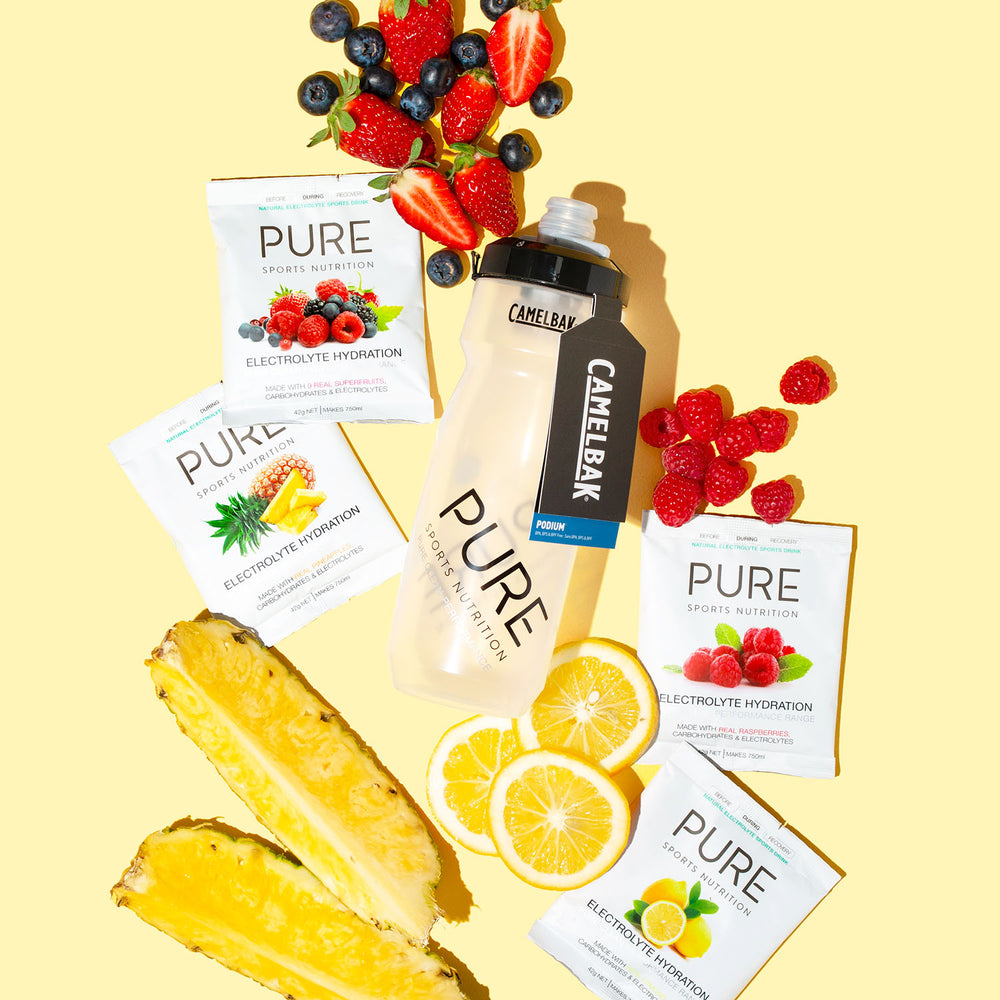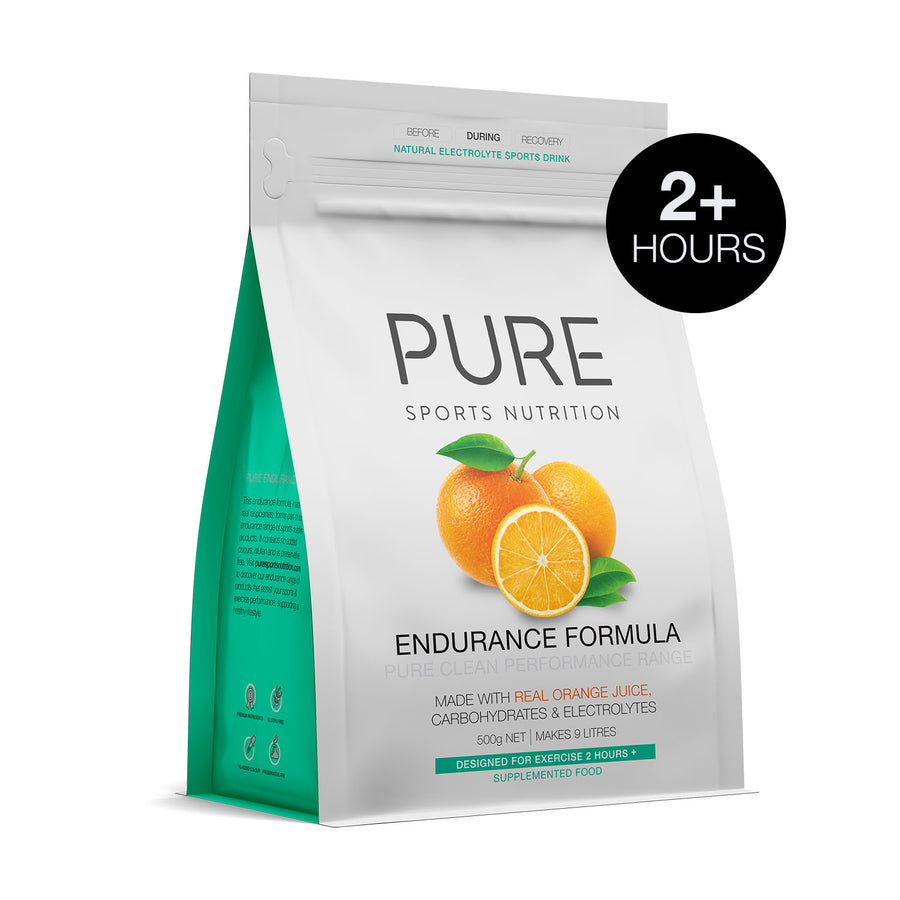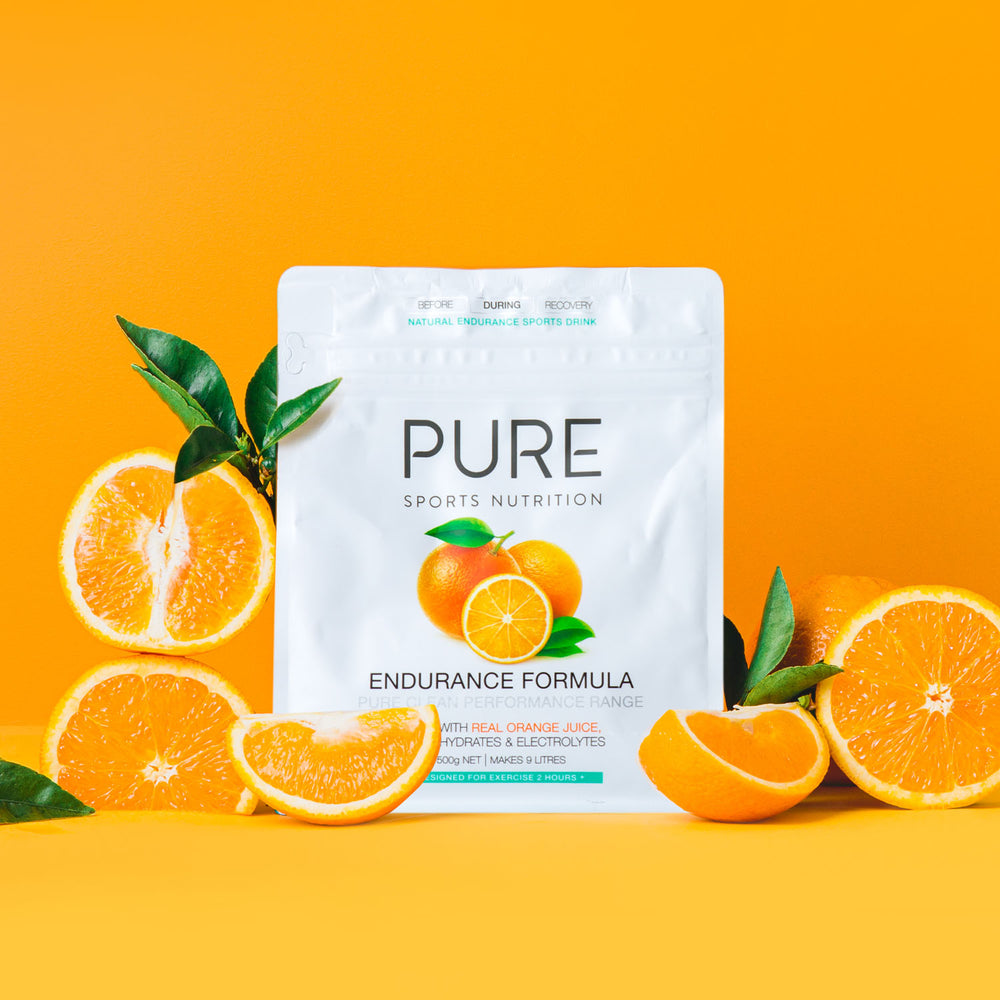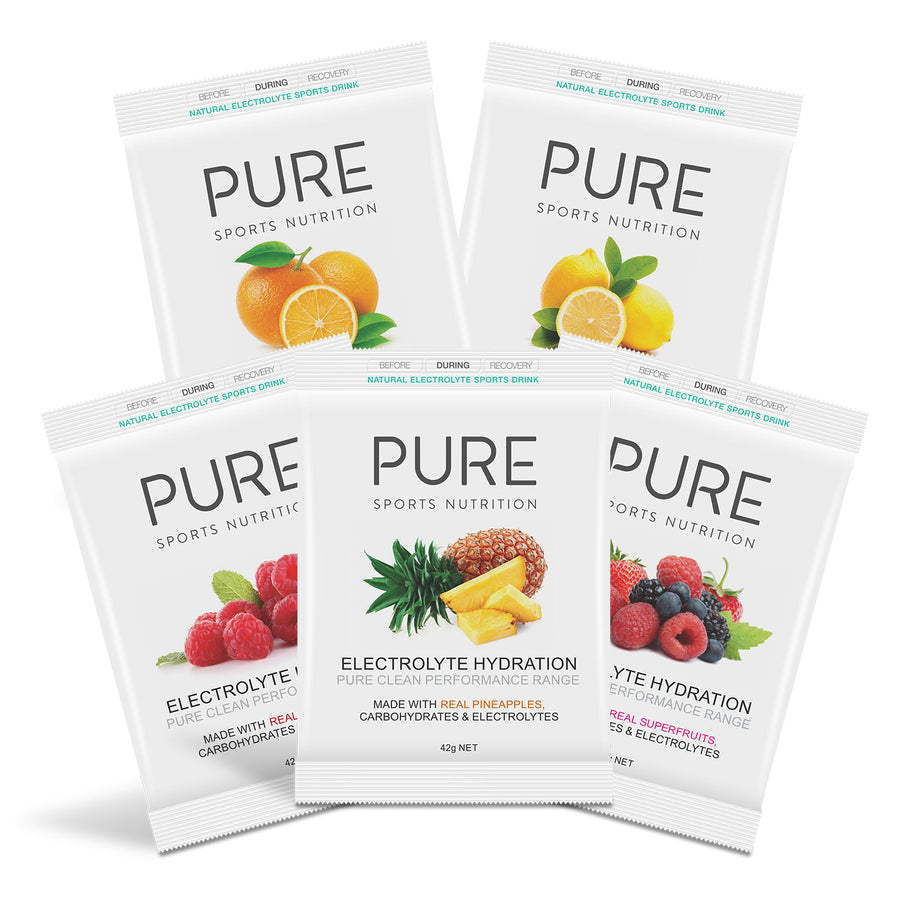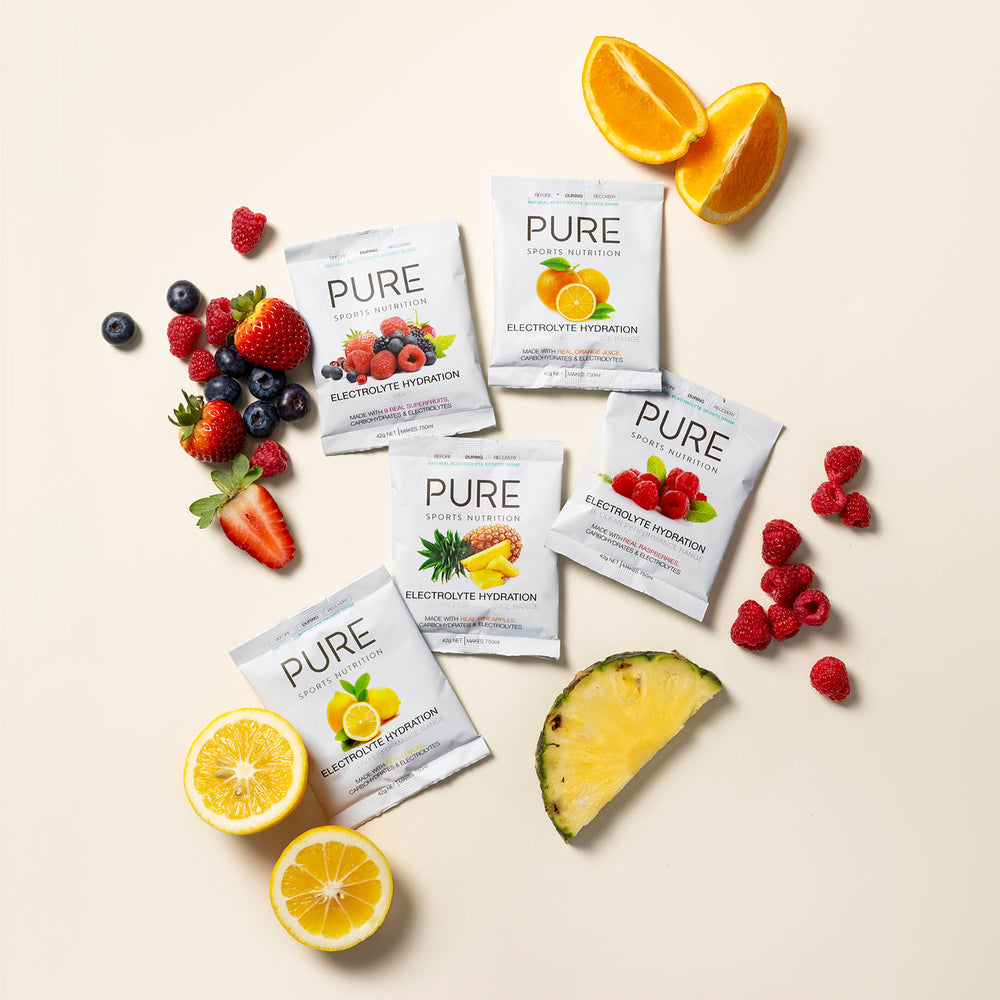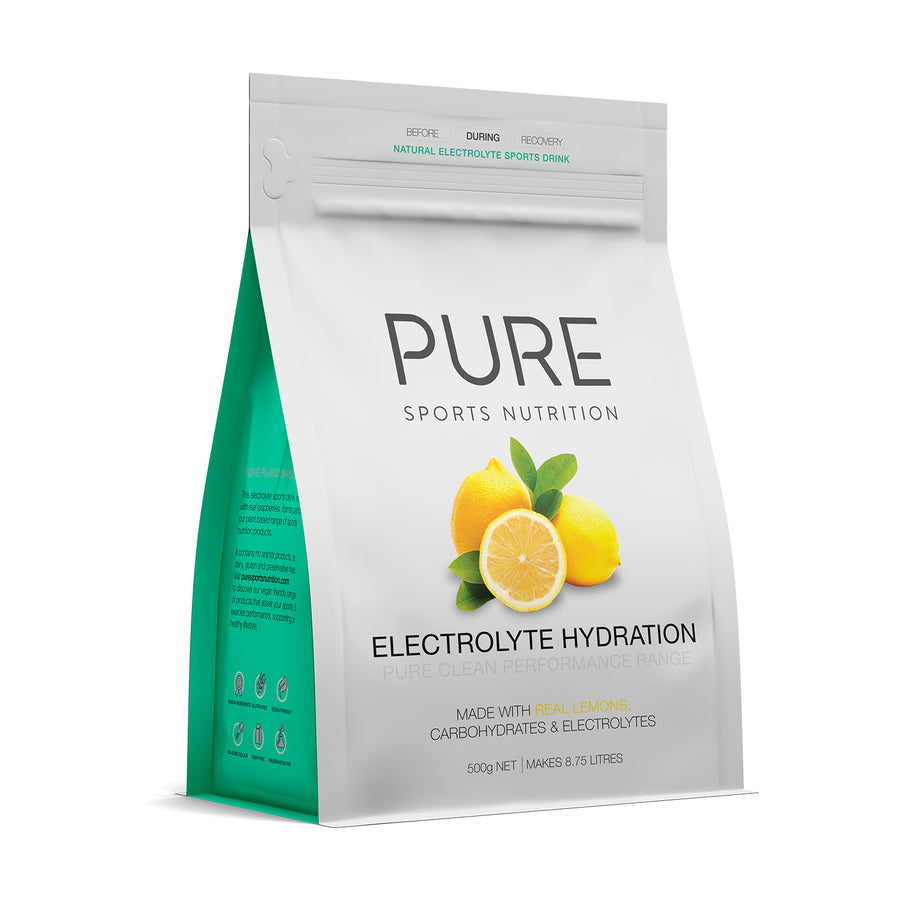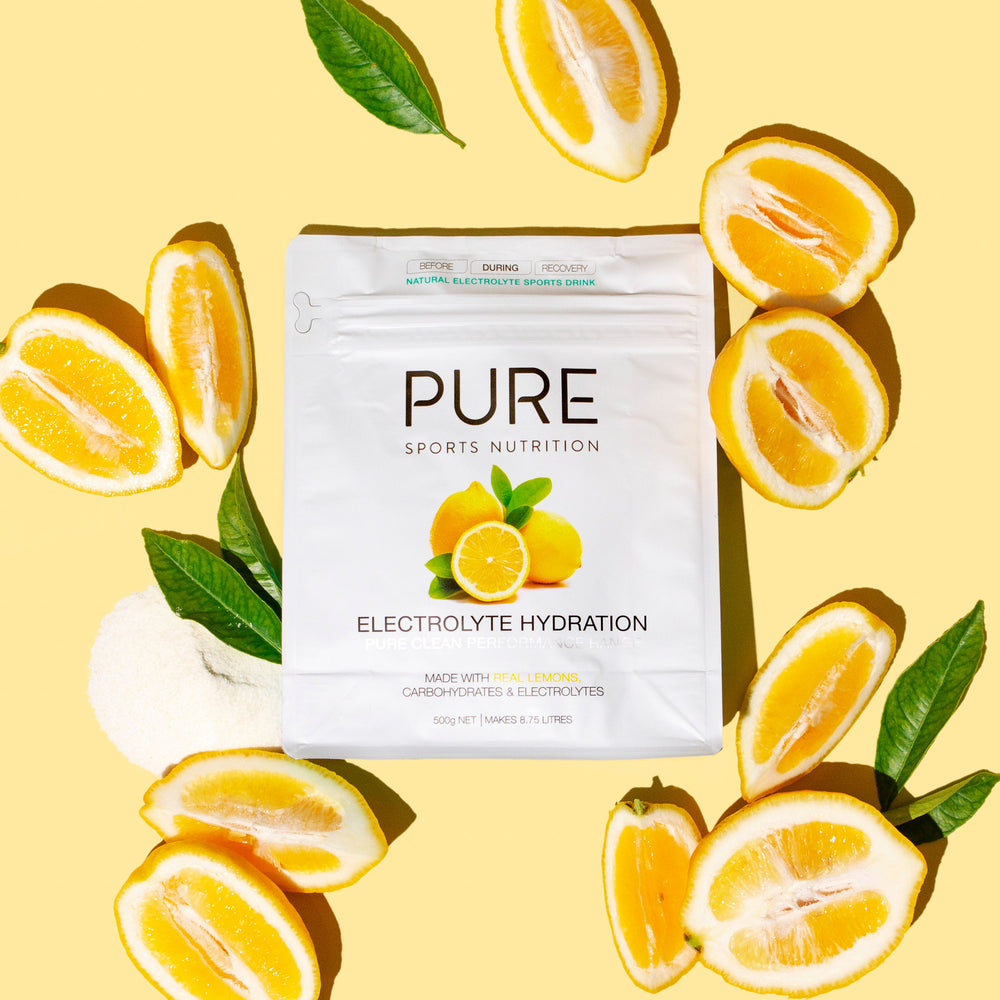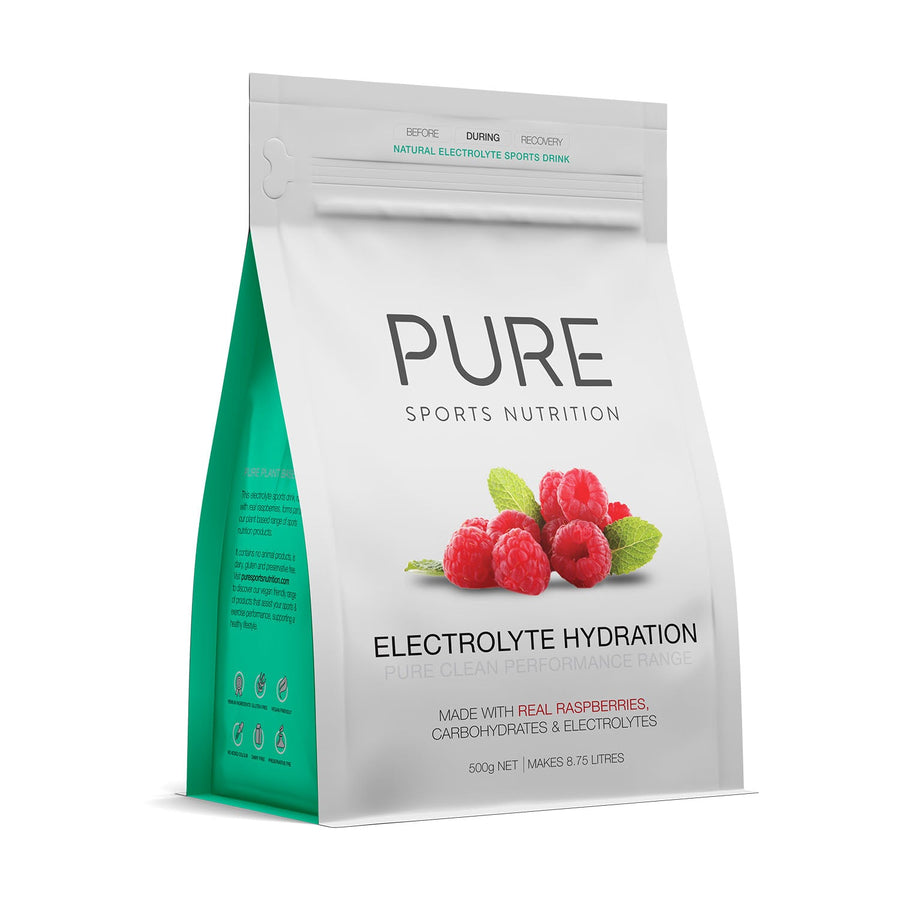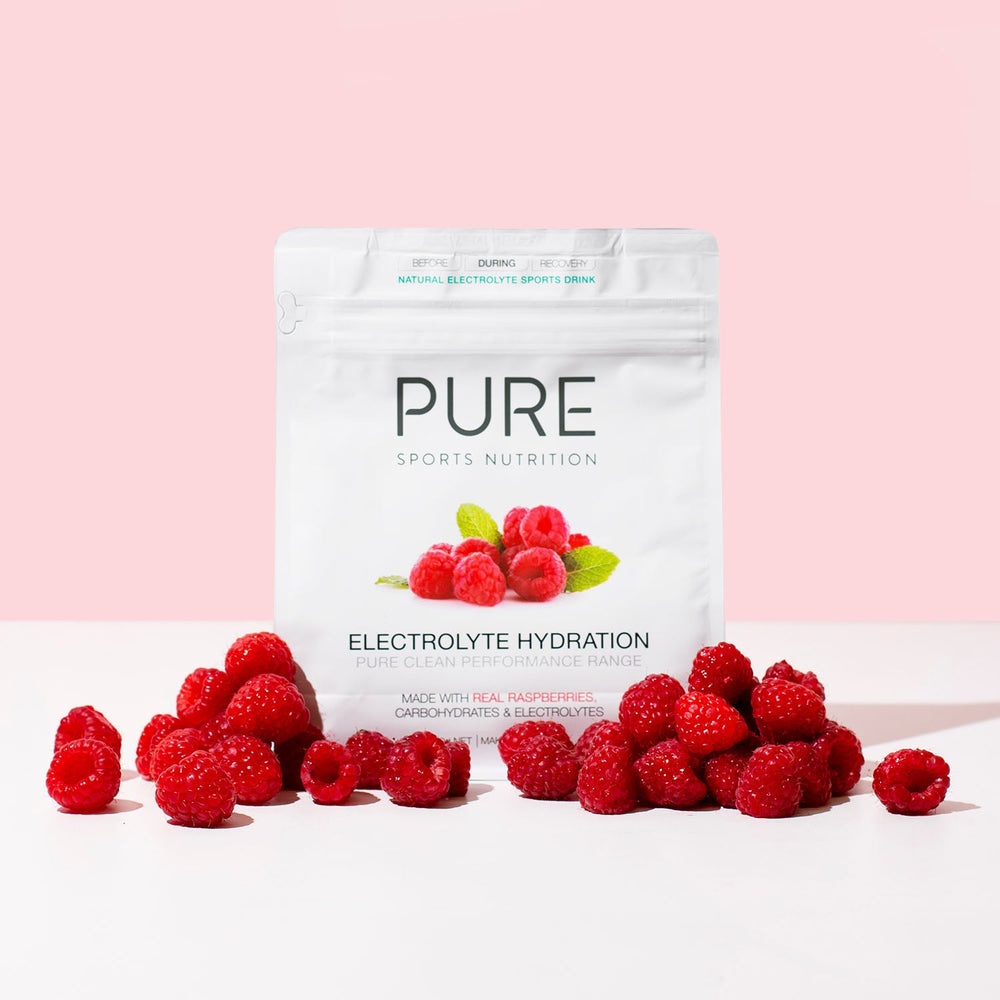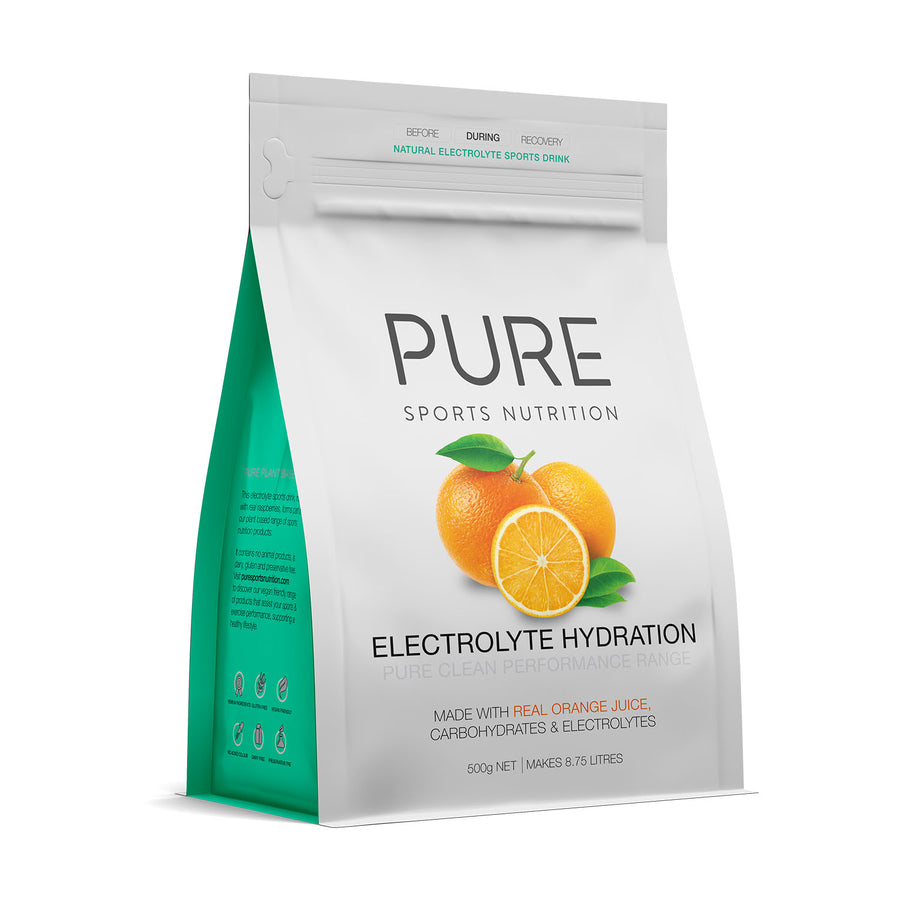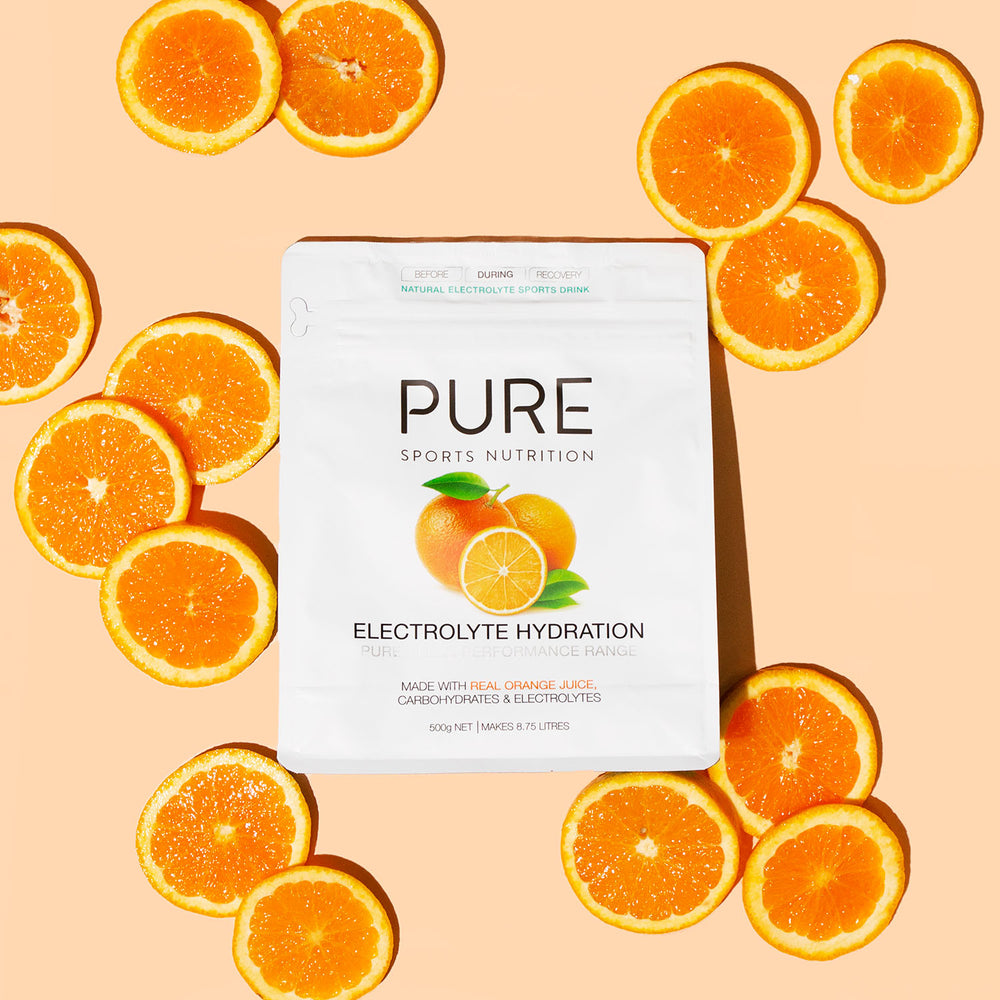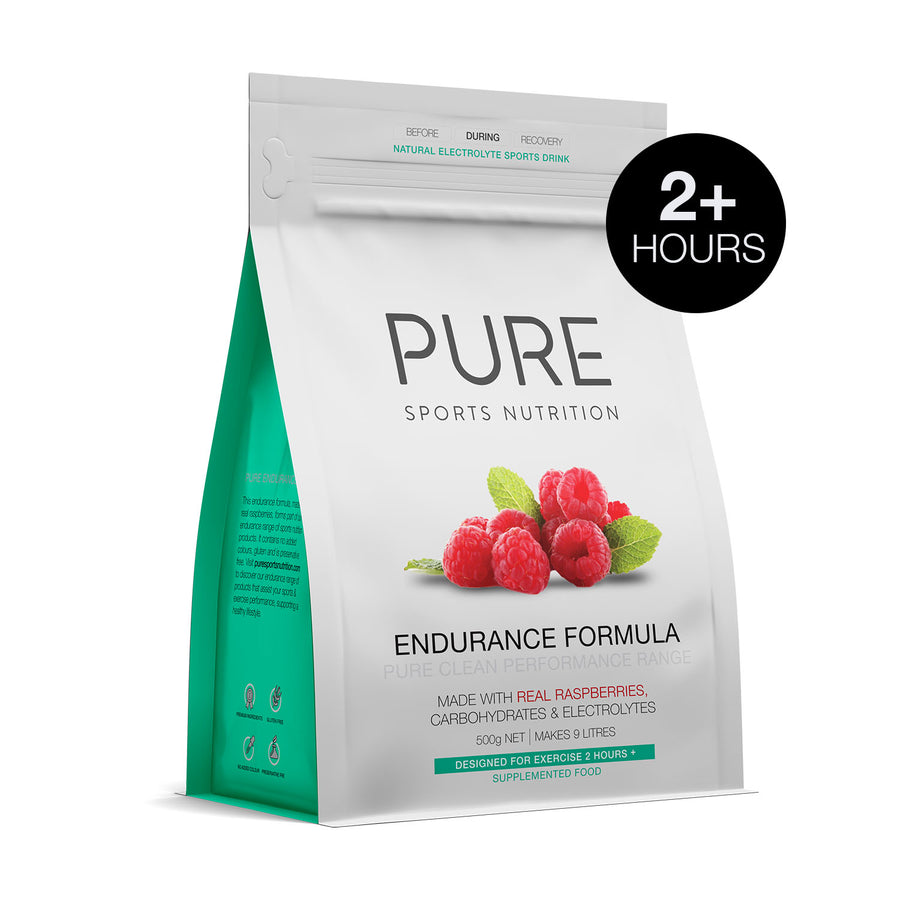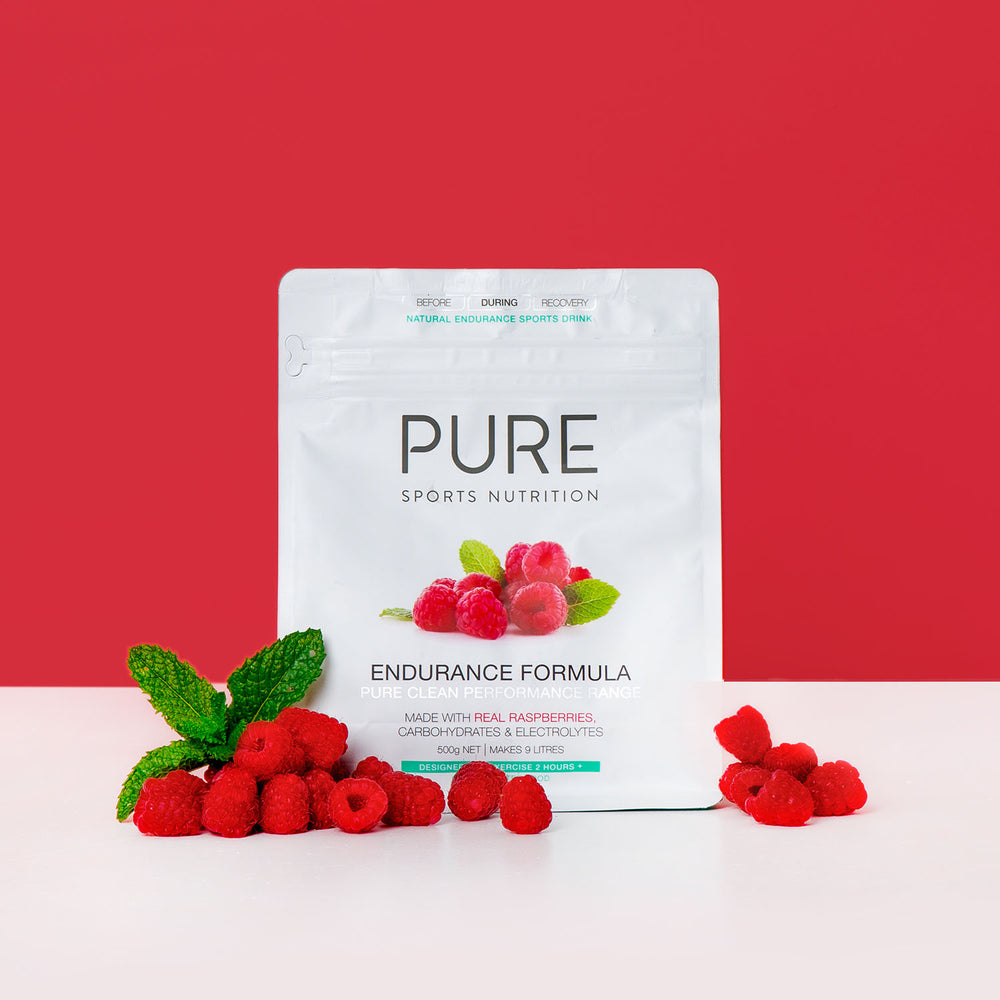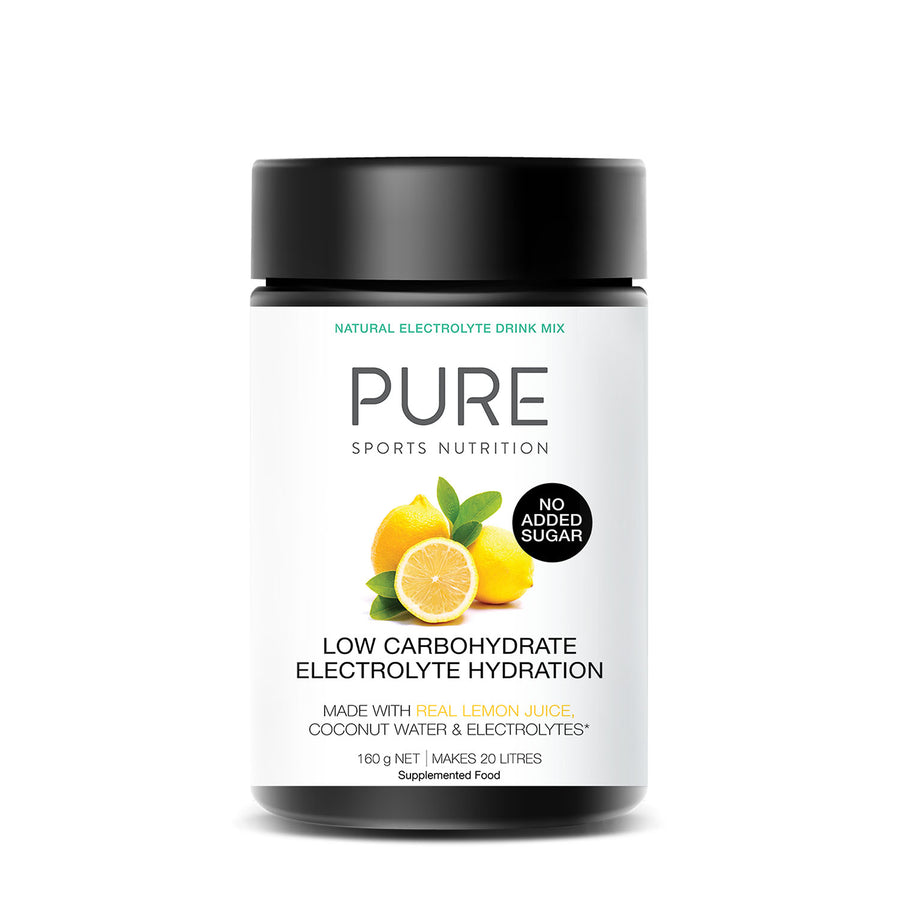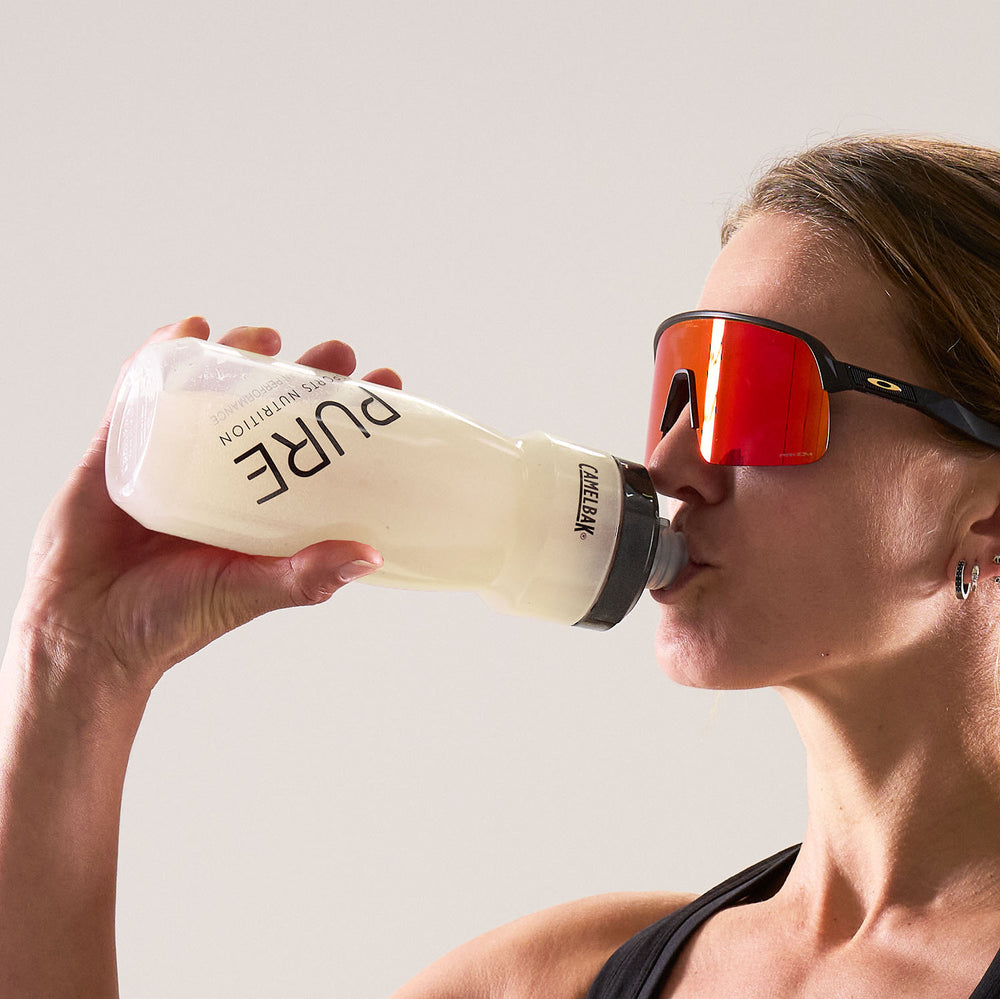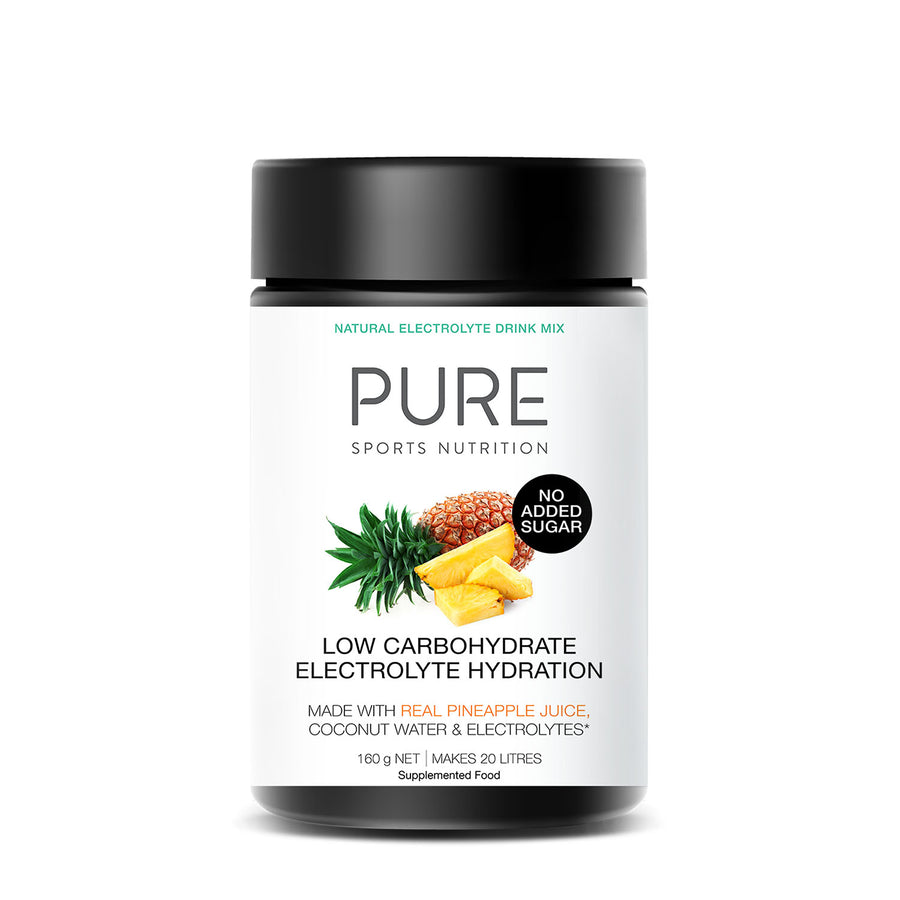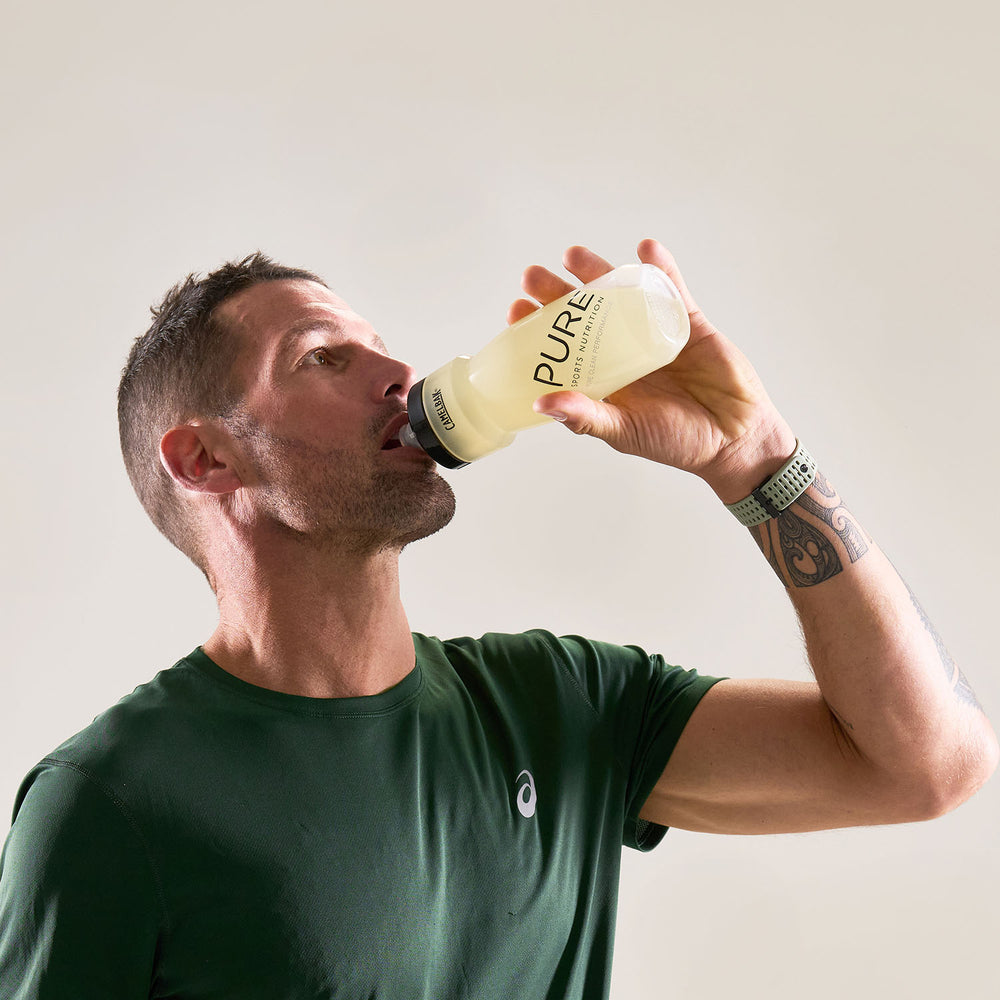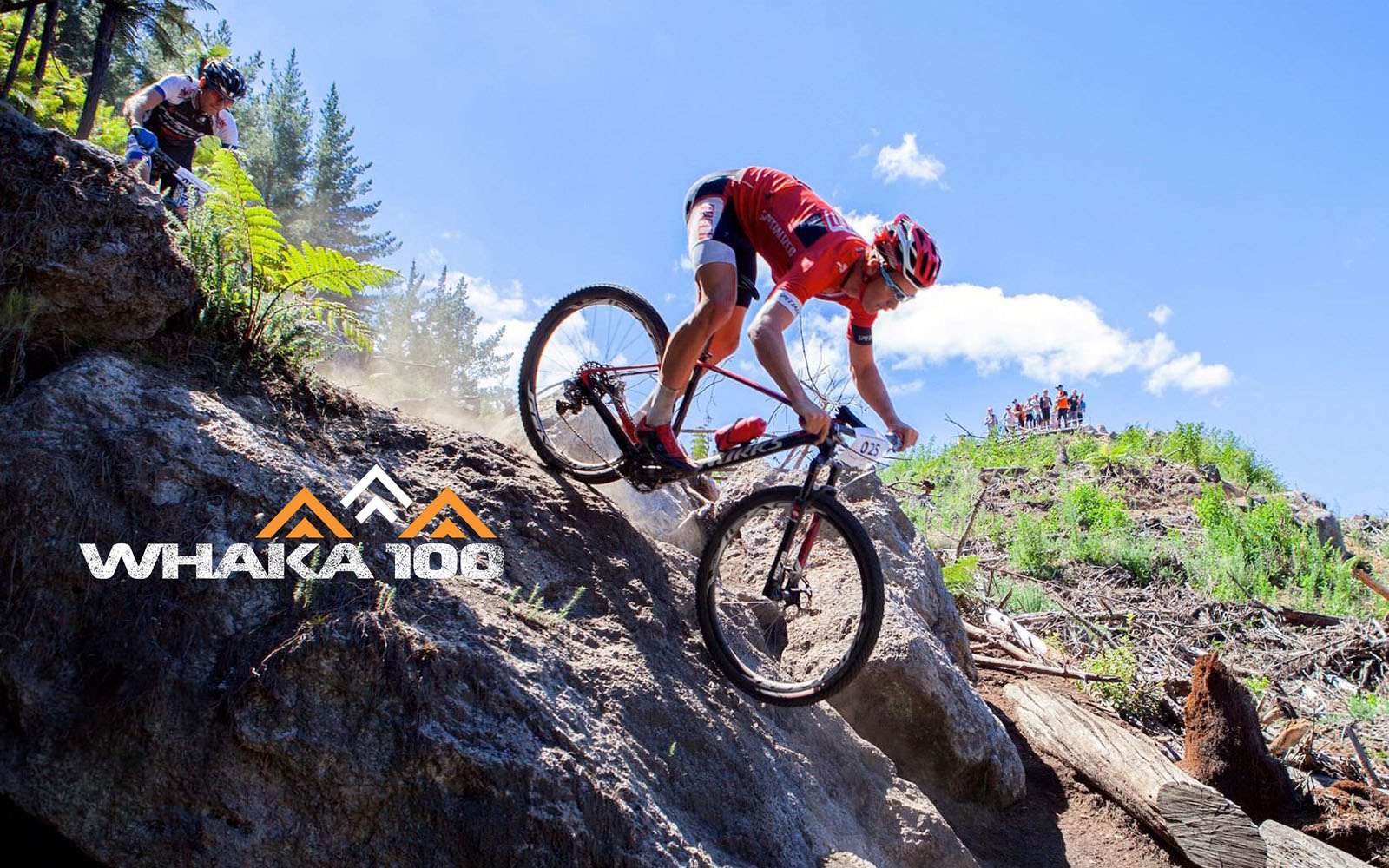
Whaka 100 Nutrition Plan
When it comes to race day nutrition there really are no shortcuts. Skill up on what your nutrition goals should be and use your long training sessions to practice your race day nutrition plan, remembering you can train your gut to accept higher nutrition loads. If you plan to use aid station supplies practice with these brands in training so there are no surprises on race day and you can get the most out of your nutrition.
For some practical feedback and an athletes perspective on racing the Whaka 100, check out Ash Hough's race run down.
| Timing | Goal | Action points | Examples / Notes |
| 2-3 hours pre-ride |
Pre-ride meal Pre-hydrate
|
|
Meal suggestions:
Hydration: Sip away to hydrate, supply electrolytes and top up carbohydrate (fuel) levels. Beet loading (1-5 days pre-race) |
| 15 min pre-ride | Top up blood sugar levels | Option to use caffeinated version | |
| Hydration during | 750-900ml+ per hour |
Add in 1-2 salt caps per hour for additional electrolytes if required i.e. cramp prevention strategy. |
|
| Carbohydrate during |
Carbohydrate aim: 60-90g+ per hour |
|
Example: Hour 1: 500ml PURE + 1-2 PURE energy gel = 50-70g Hour 2: 500ml PURE + 3x sports chews = 60g. Hour 3: 500ml PURE + real food + PURE Energy Gel = 80g
|
| Complete fuel option | High carb, high electrolyte & hydration option |
|
|
| Cramp prevention | Replace mineral salts lost in sweat |
|
Supports muscle function for fatigue prevention |
| Aid stations |
Feed zones: 31km & 102km
|
Camelbak water stations: Water + PURE Electrolyte Hydration
|
|
| Recovery | Carbohydrate + protein within 30 min |
|
Supplies carbohydrate, protein, fluid and electrolytes to replenish fuel stores and support recovery. |
